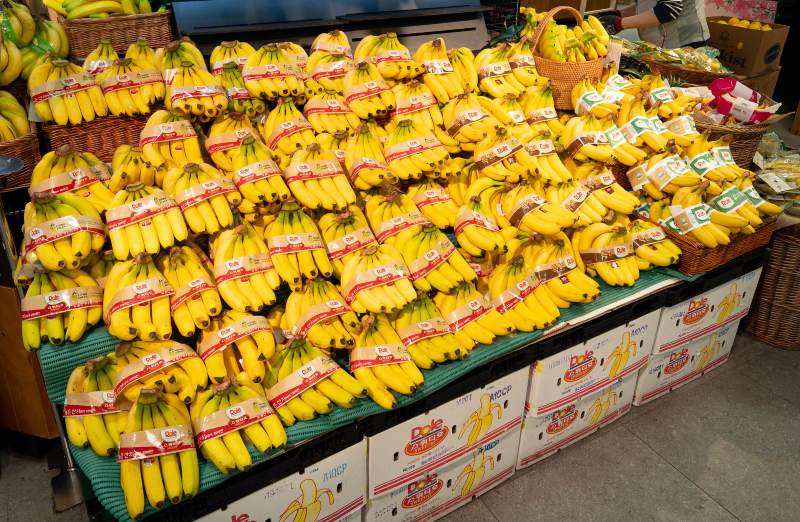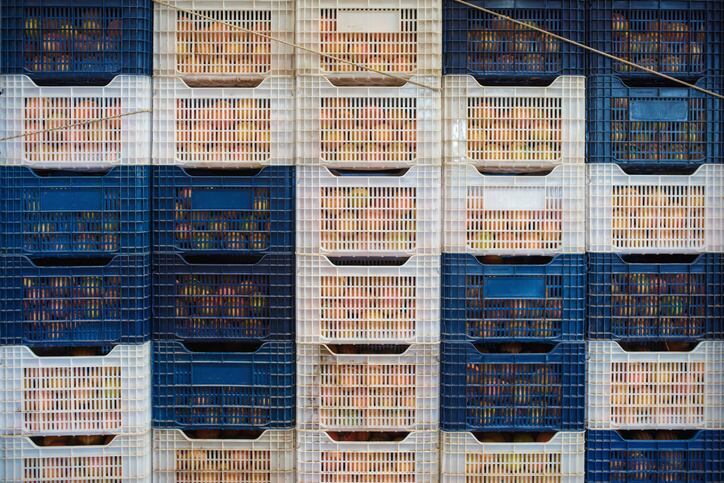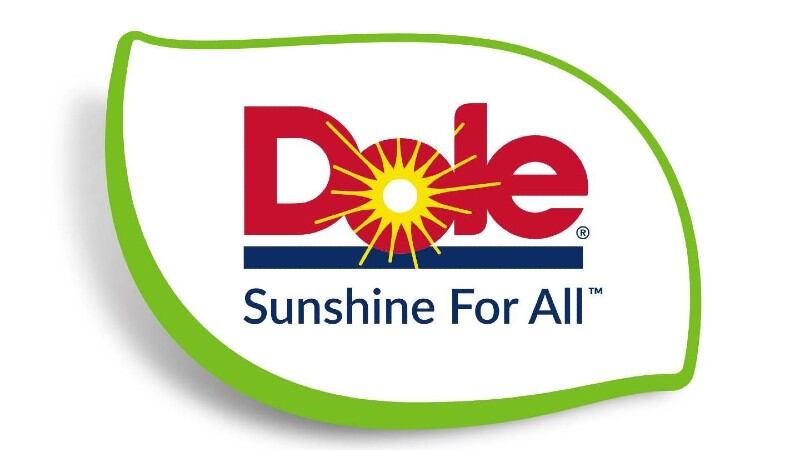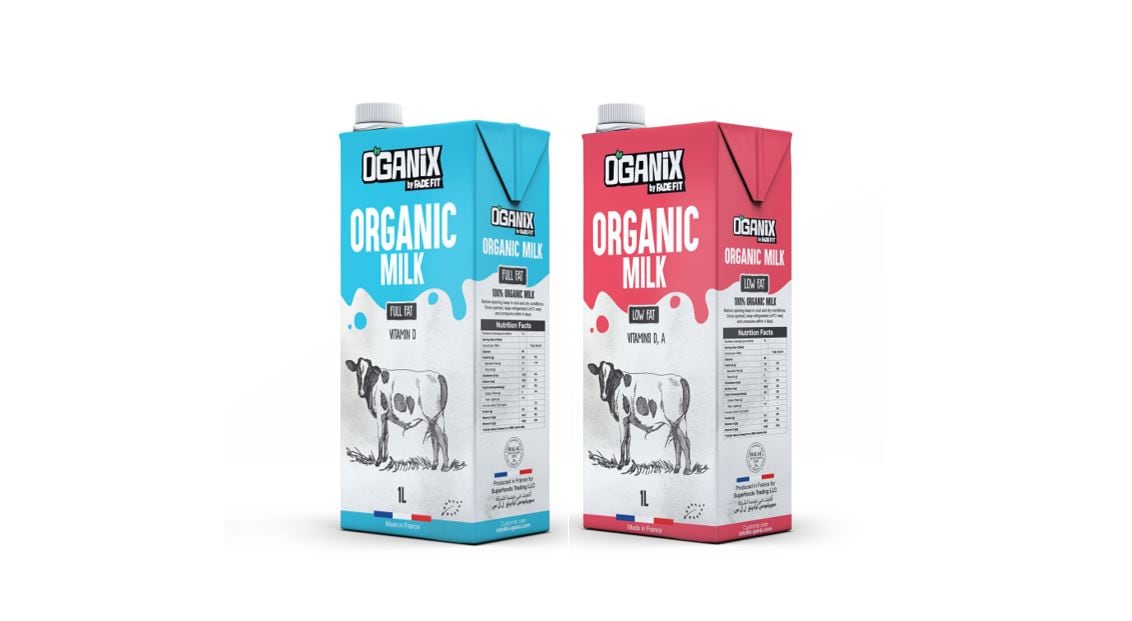Christian Wiegele had been the multinational’s Chief Financial Officer for five years, but took over as the President for the Dole Asia Fresh Division in September last year, right when COVID-19 was peaking in many countries in the region.
“One major impact of COVID-19 that we saw was a change on channel structures, where there were major shifts in COVID-hit markets from HORECA channels to retail business and especially e-commerce – but one thing that remained unchanged has been that people still want good nutrition, even if they have to get it somewhere else [than pre-COVID],” Wiegele told FoodNavigator-Asia.
“Amidst this, some key trends that have come to the forefront include health, sustainability, convenience and also people looking out for exotic or unusual new offerings. [This] is especially because people are having to stay at home so much more due to the pandemic and are looking for elements to celebrate.
“So this is what consumers want, and we need to provide new, niche SKUs in our portfolio to satisfy these demands, and have rolled out several for example in Japan, we launched the Pineapple Sweetio Gold last year.”
This pineapple variant is very yellow and ripened with a specific acid ratio that makes it sweeter and has a different mouthfeel compared to regular pineapples. It also has a shorter shelf life and requires a quicker, more complex supply chain.
“The Sweetio Gold pineapple addresses the trend of exotic, premium products which are generally preferred for certain occasions or celebrations like special gatherings, and is in line with our plans to introduce new products to match occasions and bring newness and excitement into the marketplace,” said Wiegele.
“Another way we are looking at this is a combination of convenience and sustainability, such as via what we have called ‘pina bars’ in New Zealand – these are vending machines where consumers can put in whole pineapples and have these peeled, cut, put into a cup and served, much more convenient than doing all that at home.
“Adding on to that, we also converge the idea of convenience with waste reduction by repurposing the leftover waste such as pineapple peel – [this is part of one our Dole Promises where we’re moving towards zero fruit loss from Dole farms to markets by 2025].”
Wiegele also stressed the importance of sustainable operations for the group, including efforts to reduce plastic waste along the supply chain.
“We definitely see a huge need to innovate in this area to become more sustainable, from becoming carbon neutral to plastic reduction to regenerative agriculture,” he said.
“Take plastic reduction for example - bananas actually have the most sustainable packaging in the world and we’re still wrapping them in more plastic so this can be changed. We have made a promise to get rid of plastic in the near future too, but need to replace this with something else to ensure this doesn’t get converted to food waste instead.
“So we have several initiatives underway at the moment, such as the Bye Bye Plastic campaign in New Zealand where we’re replacing banana wrapping with a band to reduce plastic use. This is not yet biocompostable, so in South Korea we’re also running a pilot replacing the band with a biodegradeable option.
“I think this is something that can be carried across to other markets, even those of tropical climates – most products need continuous cold chain and are kept at 13°C to 14°C from farm to market and only leave that at the last moment when going to market, so although this is just a hypothesis for now, I believe it is possible.”
Lessons and growth opportunities
Having taken over the reins right in the thick of COVID-19, Wiegele described the struggles faced in his early days in the role, and how an overall mindset change eventually had to set in.
“There was this realization that safety came first, which sounds straightforward but required a lot of prioritisation especially with the number of people working for Dole in the region – we have more than 20,000 in the Philippines alone,” he said.
“We also have multiple distribution centres in China, including one in Wuhan so a lot of precautions had to be taken, and physical safety aside, it’s also been necessary to maintain the emotional safety and well-being of employees.
“Alongside all of this, it was also vital to keep operations running in Dole so we had to ensure safe routes to farms daily so the supply chain wasn’t halted – we deal with fruits which won’t just stop growing and are hanging there so the supply chain had to continue or it would all just be spoilt and wasted.
“Along the way, I’ve gained an appreciation that volatility is likely the new normal, and there is much less room to project and just make one plan only and stick to that plan compared to before – learning to absorb volatility is one of the major lessons I’ve learned from all this.”
That said, this does not mean that things will be slowing down for Dole in any way, especially as Wiegele believes that there are still many enormous growth opportunities to capture in the APAC region.
“There are high growth opportunities in each of our six main markets which are Japan, China, South Korea, New Zealand, Middle East and the emerging markets such as ASEAN and Hong Kong. In China for example, we’ve been there for about 20 years, but there is still a lot of room to grow, especially when it comes to Tier 2 and Tier 3 cities,” he said.
“The opportunities here lie in the socioeconomic development being seen in this cities – as more people move into mid socioeconomic status, the demand will rise for branded, sustainable fruit solutions such as those we can offer.
“Some of these, especially Tier 3, are still remote and we will need to build our cold chains, and establish a route to market to tap on concumer demand, but there are a lot of opportunities – China growth will be our mid-term focus, and then we will also look at other untapped Asian markets.
Outlook
Similar to his counterpart in Dole’s packaged foods arm, Wiegele is also positive about the sector’s outlook in Asia, in this case for fresh products.
“One of the main drivers behind these opportunities is that consumers and governments are all looking for good nutrition to overcome malnutrition. A balanced diet is part of this, [and fresh fruits are a major component of a good diet,” he said.
“In addition, economic trends are overall positive in Asia compared to other regions worldwide and so likely this will generate more consumer demand. We are also focused on ensuring Asia for Asia, providing local out of local – our main agricultural footprint is in the Philippines, Sri Lanka and Vietnam, so transport times are shorter than importing from other regions, [ensuring freshness and quality].”
See Part I of this exclusive Dole interview with Dole Packaged Foods APAC VP and Managing Director Aashim Maholtra here.





